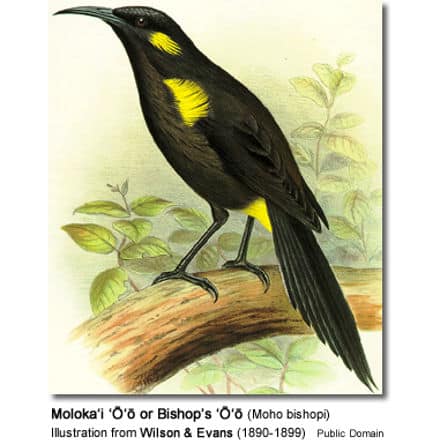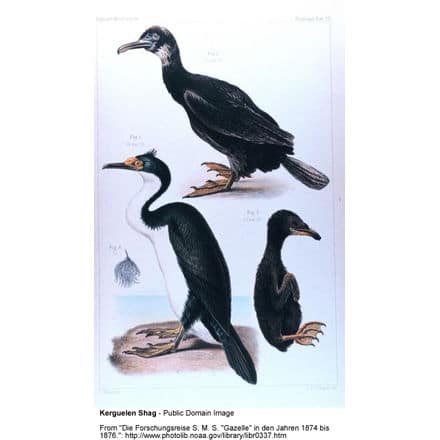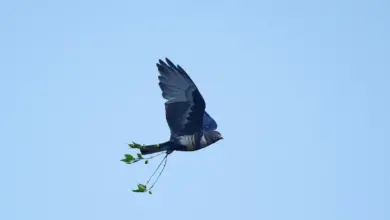Grey Noddy or Grey Ternlet
The Grey Noddies or Grey Ternlet (Procelsterna albivitta) is a tern (seabird) that was once regarded as a pale morph (genetic mutation) of the Blue Noddy.
However, most authorities now consider it a separate species based on significant differences in size, coloration and geographical range.
Alternate (Global) Names
Chinese: ??? … Czech: nody b?lavý … Danish: Perlenoddy … Estonian: lõuna-kaljutiir … Finnish: vaaleatuhkatiira … French: Noddi gris … German: Graunoddi … Norwegian: Grånoddy … Polish: rybitwa szara … Russian: ????? ?????? … Slovak: nody sivý … Spanish: Tiñosa Gris … Swedish: Grå noddy Gris
Subspecies and Ranges
Grey Noddies inhabit the subtropical and warm temperate waters of the South Pacific Ocean.
- Procelsterna albivitta albivitta (Bonaparte, 1856) – Nominate Race
- Range: Lord Howe Island, Norfolk Island, Kermadec Isand and southern Tonga (on ‘Ata and probably ‘Eua) in the South Pacific Ocean
- Procelsterna albivitta skottsbergii (Lönnberg, 1921)
- Range: Henderson Island, as well as Easter and Sala y Gómez Islands.
- Procelsterna albivitta imitatrix (Mathews, 1912)
- Range: San Ambrosio and San Félix (Desaventurados Islands), located approximately 520 miles or 850 km off the coast of Chile
Description
They Grey Noddy measures 9.8–12 inches (25–30 cm) in length and has a wingspan of 18–24 inches (46–61 cm). The average weight is 2.6 oz or 75 grams.
The upper plumage is pale grey, nearly white on the head, but darker on the back, tail and wings. The wings have dark tips and are mostly white on the underside. The plumage below is a pale grey. The tail is fairly long and notched.
The eyes are black and appear large due to the black patches in front of them. They have white patches behind the eyes. There is a white patch behind the eye. The black bill is thin and pointed. The legs and feet are black except of the pale yellow webs.
Males and females look alike.
Immature birds have a browner plumage and darker, more contrasting flight feathers.
Calls / Vocalizations
The Grey Noddy is usually quiet. Its call is a soft, purring sound.
Diet / Feeding
The Grey Noddies mostly feed on plankton, but will also take small fish, squid, sea-skaters and small crustaceans.
They forage in shallow waters, close to the shore, over lagoons and inshore areas in large feeding flocks with up to thousands of individuals. They feed by hovering above the surface of the water and diving to pick food from the surface.
Breeding / Nesting
They breed in colonies on rocky islands. The roughly constructed nest is made from grass and seaweed and typically placed on a sheltered rocky surface, in a crevice or hollow, or below a boulder or vegetation.
They breed in colonies on rocky islands. The roughly constructed nest is made from grass and seaweed and typically placed on a sheltered rocky surface, in a crevice or hollow, or below a boulder or vegetation.
The female usually only lays one whitish egg with dark markings. The parents share the task of incubating the eggs for about 32 days, at which time the chick hatches. The nestling is brooded continuously by the adults for about 2 to 3 weeks. The parents feed the chick regurgitated food.
The chick fledges (takes its first flight) when it is 35 days old; but the parents will continue to feed it for some time after that.




